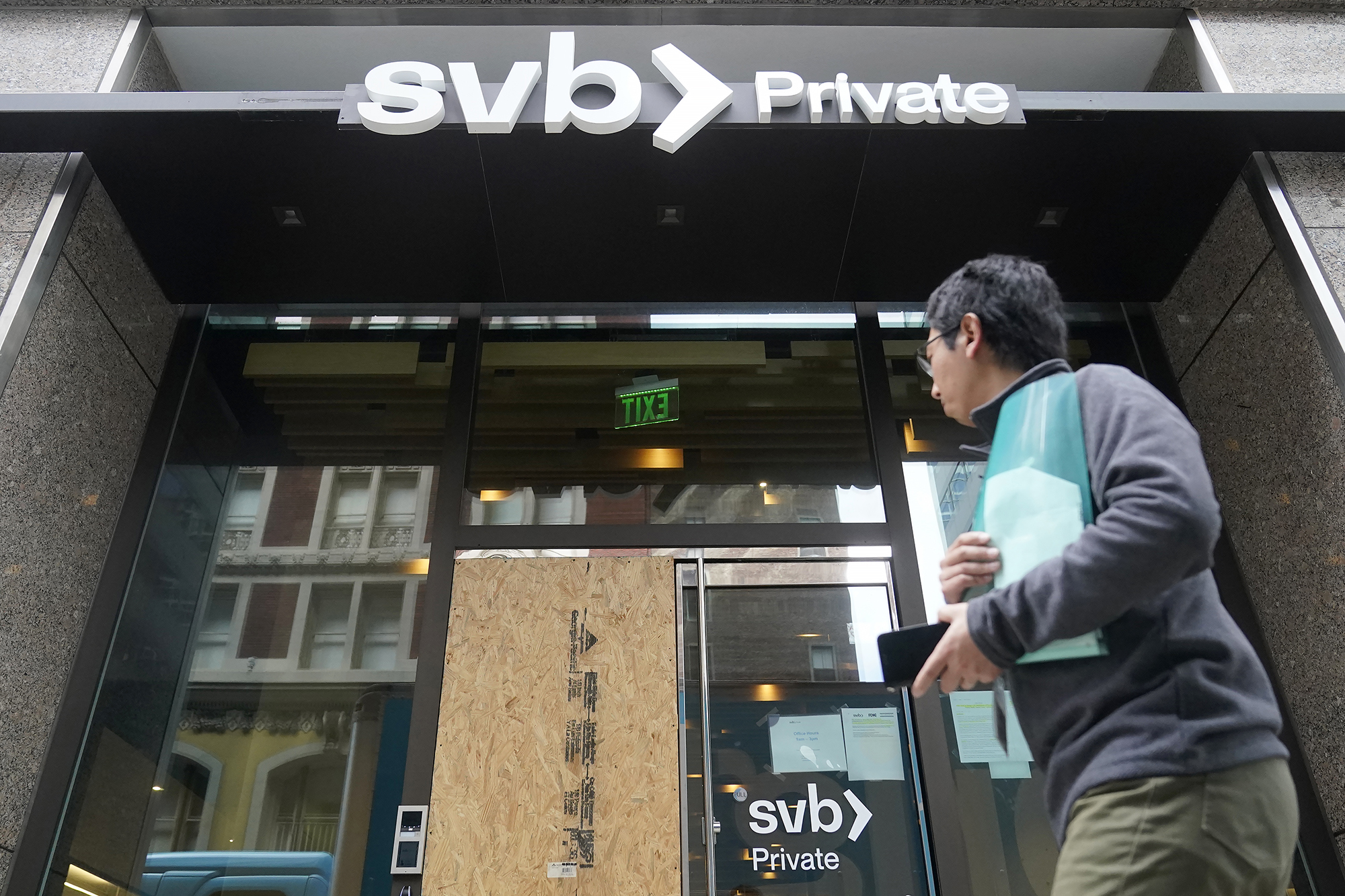Silicon Valley Bank (SVB), founded nearly 40 years ago by former Bank of America executives to focus on technology startups, collapsed on March 10 after a run on its deposits over fears that it was running out of money to meet its liquidity requirements. SVB’s failure triggered fears of contagion across the banking system, and over the weekend, New York-based Signature Bank also went under.
The U.S. government and the Federal Reserve acted swiftly to fully protect depositors of both banks. Meanwhile, the Federal Deposit Insurance Corporation (FDIC) set up bridge banks to carry on the operations of both SVB and Signature Bank while it looked for buyers through auctions. Two days before SVB’s collapse, California-based Silvergate Capital, which caters to the crypto industry, announced it was shutting down, and that it would repay its depositors.
Between the three banks, investors have lost a total of $72 billion in market capitalization. Bank stocks across world markets, including those of JPMorgan and Citigroup, have lost billions in value in the wake of the bank failures, and another bank—San Francisco-based First Republic Bank—looked precarious as its share price tanked.
SVB had been a star performer in recent years, growing its asset base during the pandemic to $212 billion. It became the largest Silicon Valley bank by deposits and the 16th largest in the country. It had parked some of its deposits in bonds, which had lost value as a consequence of the Fed increasing interest rates to tame spiraling inflation. Meanwhile, SVB’s deposit growth had turned negative in the last three quarters, forcing it to sell its bond holdings at a huge loss. After it announced last Wednesday that it had to raise fresh capital, the run on its deposits followed.
“SVB had a very big run-up in the amount of deposits in the previous two years,” says Wharton School finance professor Itamar Drechsler. “These were mostly business deposits in corporate checking accounts from tech startups, VCs and SPACs (special purpose acquisition vehicles). That sector shrank a lot recently as interest rates rose. [Consequently], SVB was essentially losing customers. They were paying low interest rates on their deposits—similar to those on checking accounts—and if they wanted to replace them, they’d have to pay competitive rates, or a lot more.”
“SVB was unable to finance the long-term assets that it had bought [from its deposits]. Since those assets were bought before interest rates went up, they fell in value, and created a hole in its balance sheet. When it reported [its latest quarterly] earnings [on March 8], its depositors were worried, especially since large deposits aren’t [sufficiently] insured and are beyond the FDIC limit. That created a fear, and a run on uninsured deposits at many other banks.”
Going forward, the latest experience of SVB and other banks may lead to a better understanding of what the banking sector needs to think about longer-term, says Drechsler. “Deposit accounts that are over the insurance limit will be broken up and distributed across banks so that they’re within by the insurance limit. We will see more of that. (The FDIC protects individual deposits of up to $250,000 per depositor, per insured bank, for each account ownership category.)”
“I think we’re going to move more toward the direction of more insurance [for deposits]. At the same time, we could expect more regulation of what you can do with those insured deposits. With social media, when people see danger, they’re very coordinated, and stuff happens immediately.”
Read more at Knowledge at Wharton.








